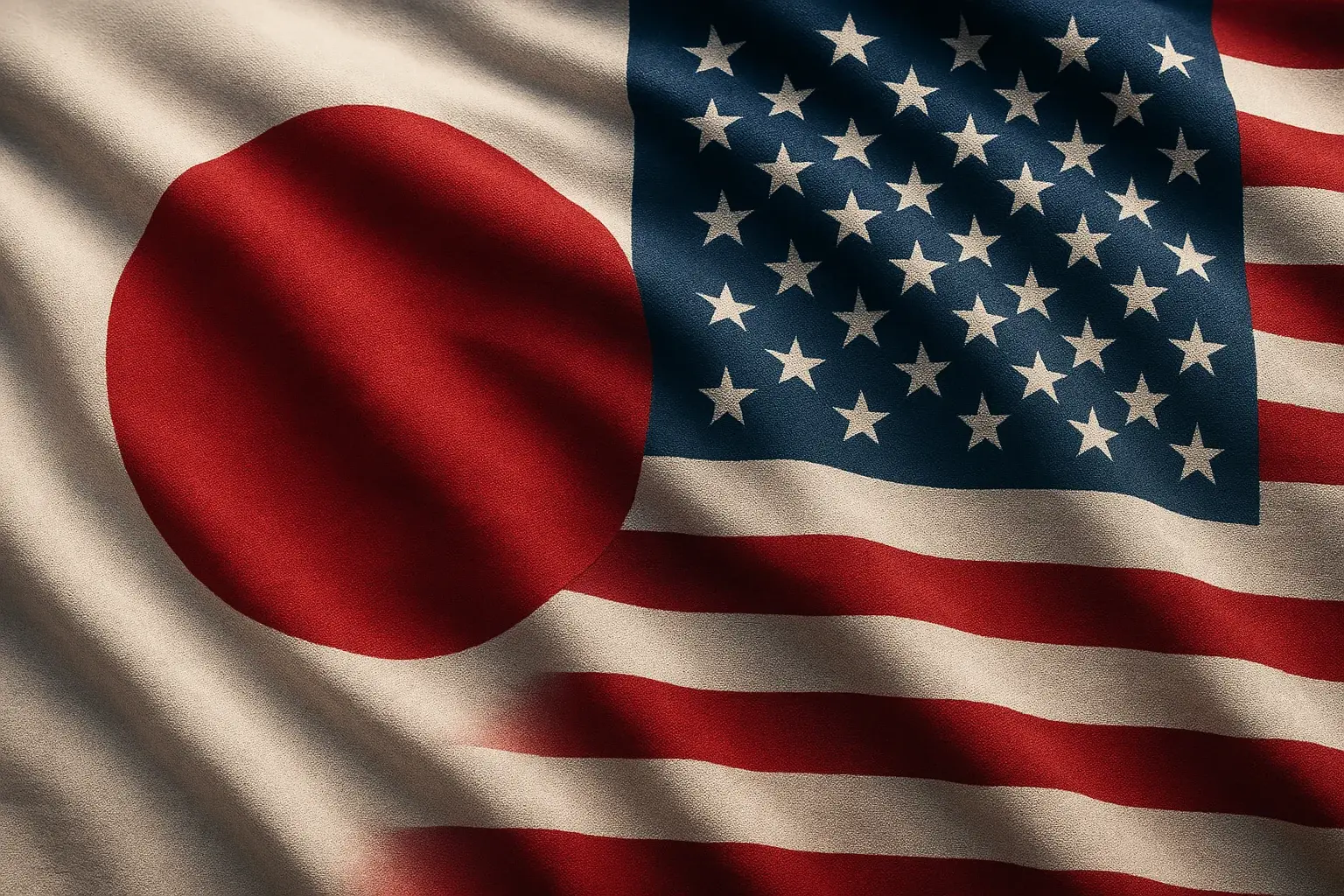90-Day Tariff Pause Explained: Impact on Global Car Shipping in 2025
On April 9, 2025, the global trade landscape shifted when President Trump announced a 90-day pause on "reciprocal" tariffs for most trading partners, while simultaneously increasing tariffs on Chinese imports to 125%. This policy adjustment sent ripples through international markets and created significant implications for the automotive industry. Despite initial market optimism, this pause does not apply to the 25% tariff on imported vehicles that took effect on April 3, 2025, creating a complex environment for car importers, exporters, and shipping companies.
This comprehensive guide examines what the tariff pause means for international car shipping, the continued impact of automotive tariffs, and strategies for navigating this evolving trade environment.
What the 90-Day Pause Actually Covers
The announced pause affects the recently implemented "reciprocal" tariffs that matched other countries' duty rates on U.S. exports. However, as Treasury Secretary Scott Bessent confirmed at a White House press conference, this pause specifically excludes several key sectoral tariffs:
-
The 25% tariff on imported vehicles remains in full effect
-
The upcoming 25% tariff on auto parts (effective May 3, 2025) will proceed as planned
-
Steel and aluminum tariffs continue unchanged
In practical terms, importers of foreign vehicles still face the 25% import duty, plus the standard 10% baseline tariff that applies to most imports during this 90-day period. The only current exception to the vehicle tariff remains classic cars over 25 years old, which continue to be subject to the original 2.5% duty rate.
Auto Industry Reactions to Ongoing Tariffs
The automotive sector has responded decisively to these continued tariffs, with several manufacturers taking immediate action:
Production and Export Suspensions
-
Jaguar Land Rover and Audi have paused all vehicle shipments to the U.S. from European factories
-
Stellantis halted production in Canada and Mexico, resulting in approximately 900 layoffs across five U.S. plants
-
Volkswagen Group suspended vehicle shipments from Mexico to the U.S.
Price Adjustments and Model Planning
-
Luxury manufacturers have already announced price increases for 2026 models
-
Some automakers are reviewing their U.S. product lineups, potentially discontinuing models that become unprofitable under the tariff structure
-
Analysts project price increases of $4,000-$10,000 per vehicle depending on import content
The continued application of auto tariffs during this pause period means these industry adjustments will likely accelerate rather than stabilize.
Supply Chain Disruptions and Realignments
The North American automotive supply chain, built over decades of integration under NAFTA and later USMCA, faces significant disruption despite the pause on reciprocal tariffs. As detailed in our analysis of Trump's auto tariff increase, parts often cross borders multiple times during assembly.
Industry experts estimate that nearly 30% of North American vehicle production could be affected by mid-April as manufacturers adjust to the new reality. The upcoming 25% tariff on auto parts in May will further complicate production planning.
Regional Impact Analysis
North America: USMCA Complications
While USMCA-compliant vehicles receive partial exemptions based on U.S. content percentage, determining these content ratios remains complex. The 25% tariff on imported cars still applies to the non-U.S. content of vehicles from Canada and Mexico.
Canada has implemented retaliatory measures, applying 25% tariffs to U.S.-produced vehicles that aren't USMCA-compliant, as well as targeting non-Canadian and non-Mexican content of USMCA-compliant vehicles.
European Exports to U.S.
European automakers without U.S. production facilities face the steepest challenges. The EU has voted to implement retaliatory tariffs, though these won't take effect until next week. For European luxury brands, the 25% U.S. import duty significantly erodes profit margins.
The UK's post-Brexit tariff structure creates additional complexities for vehicles moving between the UK, EU, and U.S. markets.
Asian Manufacturers
Japanese and Korean automakers with significant U.S. manufacturing presence face less immediate impact than purely import-based brands. However, Japan's zero-tariff policy on vehicle imports stands in stark contrast to the U.S. approach, potentially influencing future trade negotiations.
What If Auto Tariffs Were Included in the Pause?
While auto tariffs remain in effect, it's worth considering what might happen if they were included in a future pause:
-
European and Asian manufacturers would likely flood the U.S. market with inventory during any temporary tariff reduction
-
Luxury brands without U.S. manufacturing would prioritize North American shipments
-
We could see temporary price reductions as dealers move suddenly abundant inventory
-
Long-term pricing would remain elevated as manufacturers hedge against tariff reinstatement
These potential market dynamics underscore the importance of strategic timing for vehicle imports and exports during periods of trade policy volatility.
Opportunities Amid Uncertainty
Despite the challenges, the current situation creates several opportunities for strategic importers and exporters:
1. Classic Car Advantage
The continued exemption for classic vehicles (25+ years old) from the 25% tariff creates a significant cost advantage. Importing a classic American muscle car to Europe or a vintage European sports car to the U.S. remains financially attractive compared to modern vehicles.
As we've noted in our guide to bilateral tariff exemptions, focusing on vehicles that qualify for special status represents one of the most cost-effective strategies in the current environment.
2. Strategic Inventory Positioning
For dealers and importers with international networks, strategically positioning inventory ahead of potential policy changes can create competitive advantages. Having vehicles already in-country before tariff implementations can provide significant cost benefits.
3. Supply Chain Diversification
Manufacturers and parts suppliers are increasingly exploring diversified sourcing strategies to mitigate tariff impacts. This trend creates opportunities for logistics providers specialized in complex international shipping arrangements.
Navigating Vehicle Shipping During Tariff Uncertainty
For individuals and businesses involved in international car shipping, several considerations become crucial during this period of trade policy volatility:
Documentation and Compliance Expertise
Proper classification and documentation have never been more important. Minor errors can result in significant duty miscalculations, delays, or even penalties. Working with experienced customs brokers who understand the nuances of automotive tariffs is essential.
Strategic Timing Considerations
While the 90-day pause doesn't directly affect automotive tariffs, it signals potential for future policy adjustments. Monitoring policy developments and timing shipments accordingly can potentially save significant costs.
Alternative Routing Strategies
In some cases, strategic routing through countries with specific trade agreements can provide tariff advantages. However, these approaches require careful compliance with rules of origin requirements and anti-circumvention regulations.
Looking Ahead: What's Next for Auto Tariffs
The 90-day pause on reciprocal tariffs while maintaining auto-specific duties suggests we're in a period of strategic trade policy adjustment rather than wholesale reversal. Several potential scenarios could emerge:
-
Sectoral Negotiations: Industry-specific talks could lead to targeted automotive trade agreements, potentially reducing vehicle tariffs in exchange for specific market access concessions.
-
Regional Realignments: The North American auto industry may see accelerated reshoring of production to minimize cross-border component movements.
-
Policy Extension or Expansion: The current pause could be extended to additional sectors, potentially including automobiles, depending on negotiation outcomes.
-
Long-term Structural Changes: Automakers may fundamentally redesign supply chains, potentially shifting from just-in-time inventory systems to more resilient but costlier models that reduce tariff exposure.
Expert Support for International Car Shipping
The current tariff landscape creates unprecedented complexity for international vehicle shipping. While the 90-day pause offers some breathing room for many industries, the automotive sector continues to navigate the full impact of the 25% vehicle import tariff.
In this challenging environment, working with experienced international shipping partners is more important than ever. Our international car shipping services provide comprehensive support for navigating these complexities, from documentation and customs clearance to strategic shipping options that minimize costs and delays.
Whether you're importing a vehicle to the U.S. that faces the 25% tariff, exporting a classic car that benefits from tariff exemptions, or moving vehicles between international markets facing their own evolving trade policies, our team provides the expertise needed to navigate this volatile trade environment efficiently and cost-effectively.
You May Also Like
These Related Stories

Trump’s 25% Tariff on Imported Cars – Impact on Car Imports & Wholesale Trade

Japan's Zero-Tariff Policy: Impact on US Car Exports in 2025

-093789-edited.png?width=220&height=79&name=wcs_final_logo_(1)-093789-edited.png)
